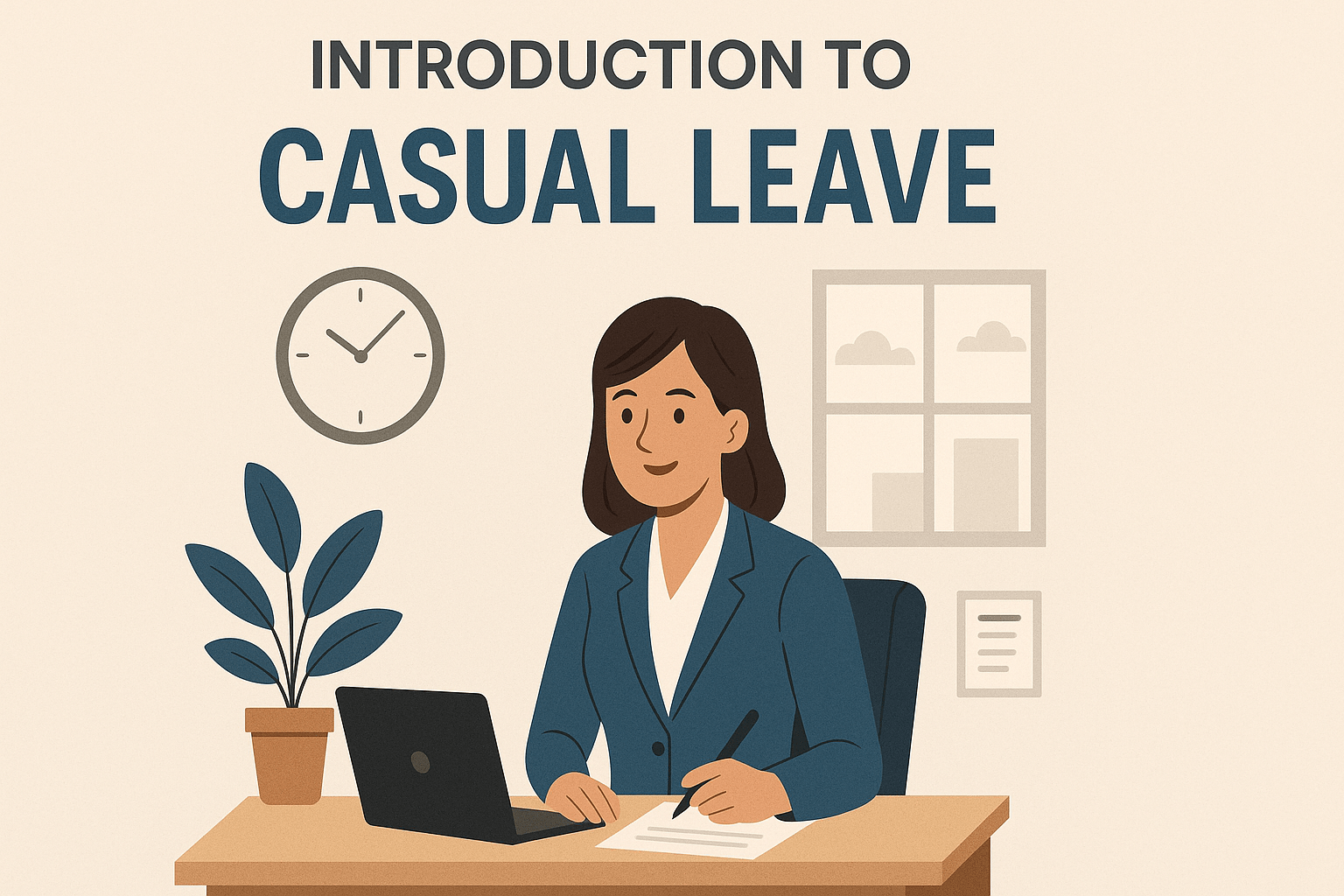A constructive, positive company culture is essential for a business’ long-term prosperity. The better an organisation’s culture – the happier and more productive their workforce and the higher their rate of staff retention.
However, businesses can unwittingly foster a destructive company culture and an example of this is an ‘always on culture’. This post explains what defines an always-on culture, the potential problems it can cause, and how to prevent or reverse one.
What is an always-on culture?
An always-on culture is one in which a company’s employees feel like they’re always working or thinking about work. As a result, they never truly get to switch off and relax in their free time before returning to work refreshed.
One of the main contributors to the increase of always-on culture is technology, as it makes it easier for employees to take their work home with them. Smartphones allow employees to be contactable at all times, as well as check their work emails from anywhere. Laptops and cloud services, meanwhile, enable employees to take their work home with them.
What causes an always-on culture?
Management
Invariably, The root cause of an always-on culture is an organisatiion’s management. It’s a company’s leadership that sets the tone and establishes how taking annual leave and sick leave is perceived within the organisation. Employees observe the attitude of their team leaders towards those that take time off and respond accordingly – even if it’s through seemingly harmless jibes about certain employees ‘never being there’ or always being sick.
This attitude can then trickle down so staff are reluctant to book annual leave or stay at home when they’re sick – and become resentful when their colleagues do so.
Competitive work environments
High pressure or target-driven work environments, such as sales, can breed an always-on culture. Employees don’t want to fall behind their colleagues and this often comes at the expense of their work/life balance. The less secure an employee feels about their position at the company, e.g., after a few underwhelming weeks or months, the worse this is likely to be.
Small companies
Small companies are also likely to succumb to an always-on culture, as they only have a few employees who might think they’re letting everyone down if they don’t come in.
Start-up companies are a prime example of this. If the start-up’s employees are stakeholders, they might relish constantly being ‘on’ – especially with the possibility of large rewards for their hard work. However, this culture can persist as the company grows and is inherited by new employees – despite them not having ownership in the company.
What are the consequences of an always-on culture?
Poor work/life balance
An always-on culture causes employees to develop a poor work-life/balance. This could manifest itself as working a lot of overtime and/or not taking enough annual leave. As a result, they won’t get enough time away from work to rest and recuperate. So not only will you fail to get the best out of your staff but there’s a significant danger of them burning out.
Presenteeism
Because employees are less willing to call in sick, they’re more likely to still come into work when they’re feeling unwell. This results in ‘presenteeism’, where members of staff attend work when it’d be better for them to stay home and recuperate. Not only is an employee not at their best in such a scenario but, in some cases, they also risk making their colleagues sick.
Higher rates of staff turnover
As an always-on culture increases instances of employee burnout, it’s also bound to decrease your staff retention rate. Employees are likely to leave if they find a comparable job that offers a more pleasant working environment.
How to fix an always-on culture
Fortunately, as dangerous as an always-on culture is, there are several ways to both prevent one from developing within your company and changing one if it takes hold.
Encourage staff to take leave
Firstly, and most importantly, you should urge employees to take their entire annual leave allowance. It’s vital that they feel comfortable requesting holiday and they don’t feel they have to worry about work while they’re away. More specifically, staff need to be encouraged to take their entire annual leave allowance so they constantly have a chance to return feeling refreshed and renewed. Your staff holiday planner is an indispensable tool for this as it will help you identify which employees haven’t taken any days off in a while and who doesn’t have any booked in.
Encourage staff to stay home if sick
As with taking days off, you need to encourage your staff to stay home if they’re ill. If they still show up to work when they’re visibly unwell, send them home to communicate the message that their recovery and ongoing wellbeing are more important than showing up and ‘toughing it out’.
Management should lead by example
When it comes to both taking time off and calling in sick, a company’s management needs to lead by example. By regularly booking holiday and staying at home when they’re under the weather, managers show their teams that it’s ok to switch off. More importantly, when managers are off, they shouldn’t constantly check in and should only be contactable in an emergency.
With ScheduleLeave’s holiday calendar and reporting tools, you can see, at a glance, which employees have large annual leave allowances outstanding or haven’t taken a day off in a while – and could so with a rest. Sign up for your free trial today.




